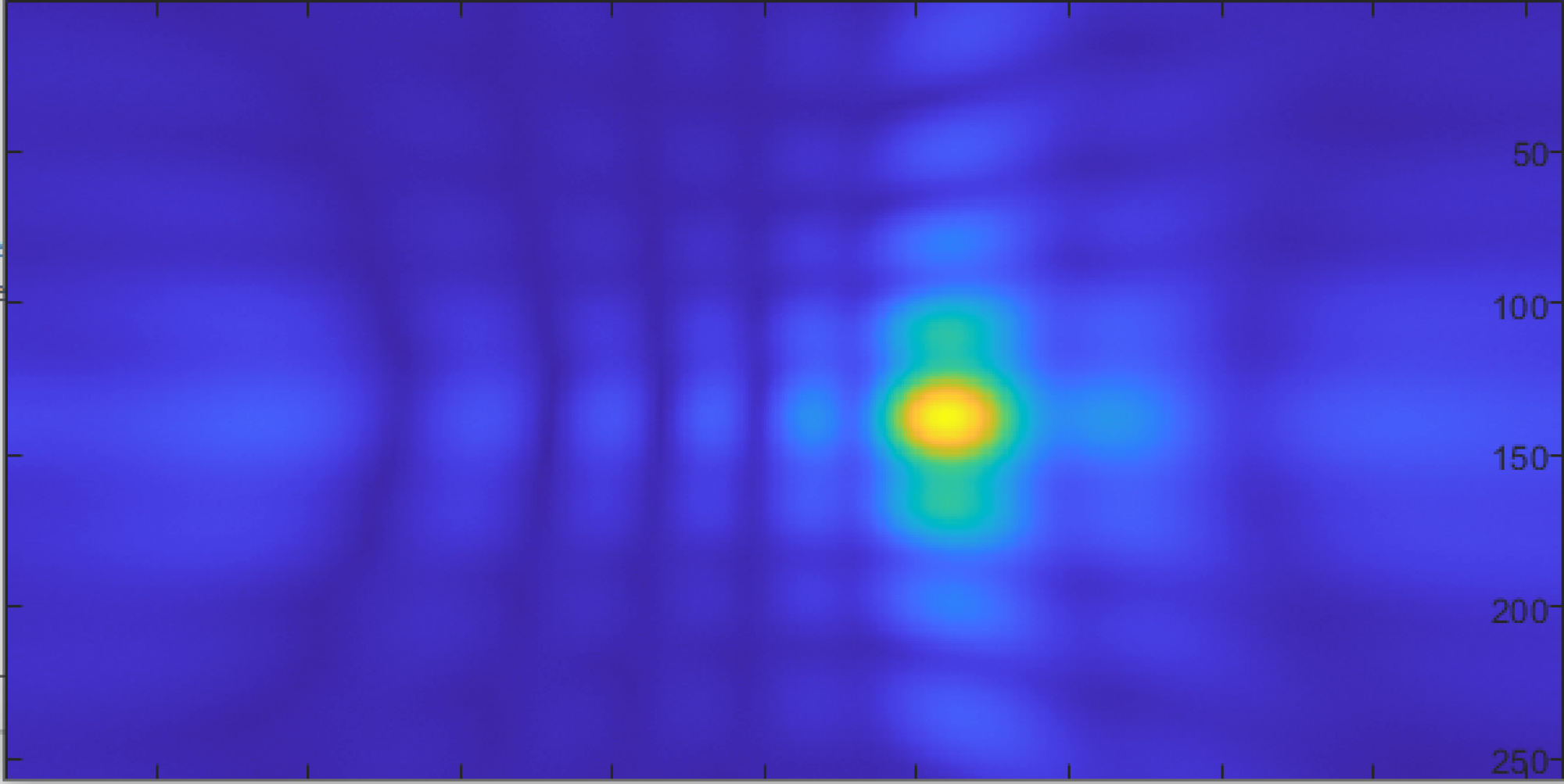This week I’ve worked on synthesizing a recording of an air leak for use in our performance testing and validation.
First, I downloaded an air leak sound effect and imported it in Audacity:

I then amplified it and kept only the middle portion where the leak noise was consistent:


I did an FFT to get an idea of the main frequency content:

We have peaks in the following locations:
2563Hz: -24dB
8667Hz: -18dB
13597Hz: -17dB
I then created an EQ profile to apply to a white noise source:

After applying the EQ to white noise, we get an FFT:
This looks very close to our original leak. We can use this synthesized sound to test the system after we verify it with a single tone sine wave. The synthesized source can act as an intermediary between the single tone and a real recording of a leak because this is more complex than a single tone, but less complex than the sound of a real leak.
Further work:
Deeper analysis into what sounds the system detects well and which sounds the system does not perform well with, and why.
Compare and contrast real world air leak recordings and synthesized versions.
